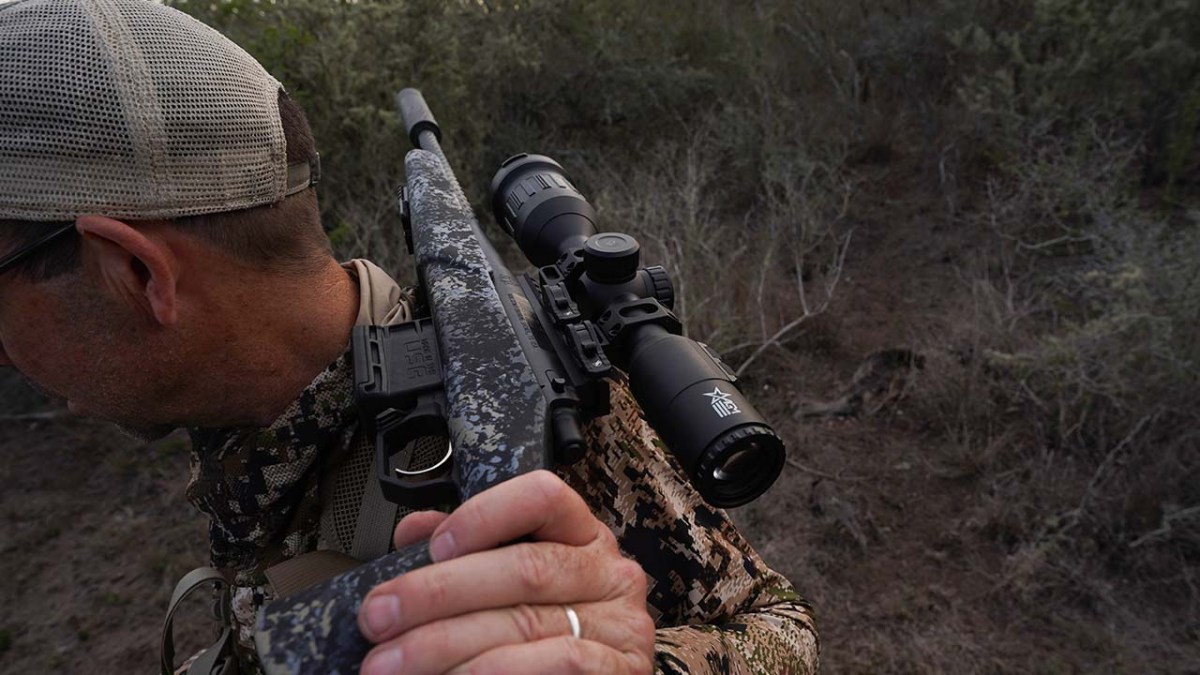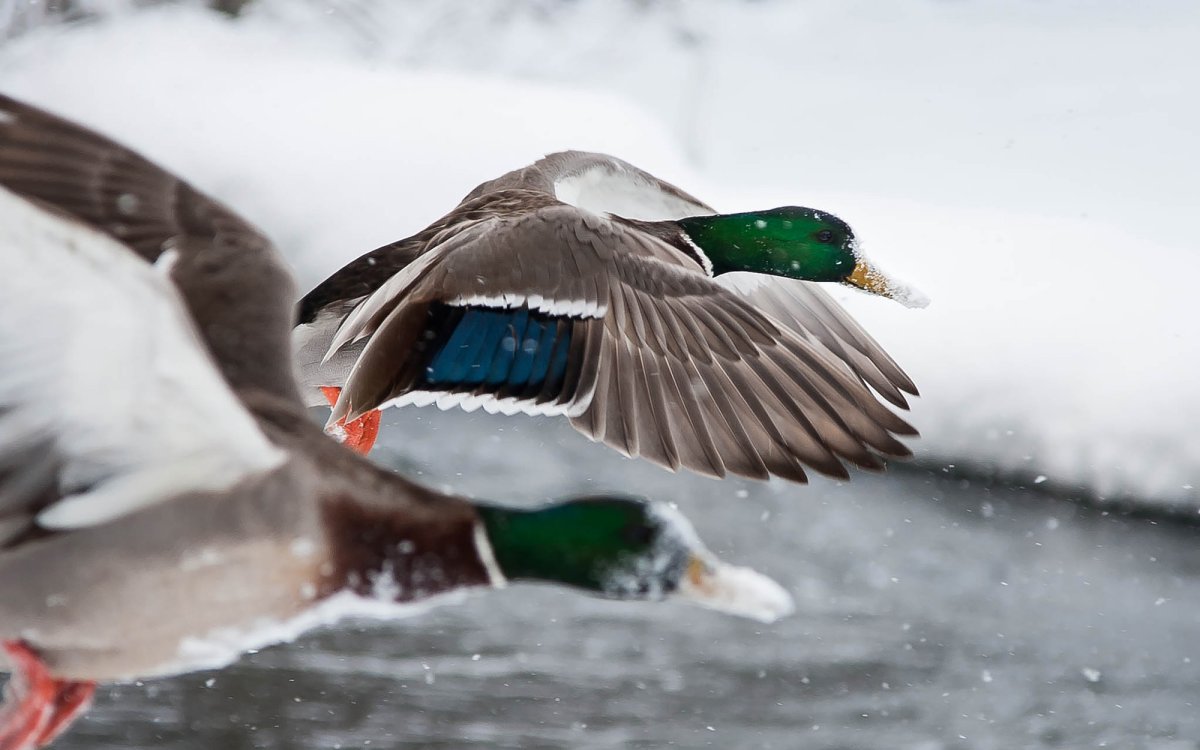US Fish and Wildlife Director Calls Out Colorado Wolf Program. Could the Next Release Be Stopped?

Colorado’s ongoing and controversial wolf reintroduction program has hit one of its biggest hurdles yet in the form of a strongly worded letter from the U.S. Fish and Wildlife Service. The letter, which USFWS director Brian Nesvik sent to Colorado Parks and Wildlife director Jeff Davis on Oct. 10, accuses the state of violating its agreement with the federal agency by importing wolves from Canada.
Nesvik explains in the letter that under the 10(j) rule, which has allowed Colorado to bring in an “experimental population [of wolves] subject to [USFWS] oversight,” those animals are supposed to come from the northern Rocky mountains population. This growing population of gray wolves was delisted in 2011, and it includes the wolves that live in Idaho, Montana, Wyoming, as well as eastern Oregon and Washington, and north-central Utah. It does not include the wolves that live north of the U.S. border in Canada.
This is an important distinction, because in January, CPW released its second batch of 15 wolves, as required by state law, in Eagle and Pitkin Counties. Every one of those wolves had been captured and transported into the state from British Columbia. The first batch of 10 wolves, released in December 2023, came from Oregon.
CPW now plans to repeat the process this winter, using more wolves from B.C. According to 9 News, CPW has already signed a deal with provincial wildlife managers, in which the agency will pay the province up to $400,00 to capture 15 more wolves for Colorado.
“We have reason to believe that CPW may be seeking to capture, transport, and/or release one or more wolves from areas outside of the specified [northern Rockies] areas outlined in the 10(j) rule,” Nesvik writes in the letter. “If CPW is currently engaged in such activities, CPW must immediately cease and desist any and all efforts related to the capture, transport, and/or release of gray wolves not obtained from the [northern Rockies] Areas.”
Opponents to wolf reintroduction, including many ranching and hunting groups, are celebrating the letter. These groups have repeatedly pointed out over the last 10 months that “Canadian wolves” are a different species altogether from the southern Rockies wolves that historically inhabited Colorado but were extirpated by the 1940s. They say these northern canines are built larger than their southern counterparts and should be considered a non-native species.
As with many other aspects of the great Western wolf debate, this is a point of contention. Supporters of wolf reintroduction, including some of the wildlife biologists who helped bring the species back to the northern Rockies states, point out how Montana’s restored population of wolves originated from the gray wolves that naturally emigrated south from Canada. This base population was then used to restore or supplement wolf populations in Yellowstone National Park and other states. According to that line of thinking, all of the gray wolves now living in the Northern Rockies region are descended from Canadian wolves.
Ancestral arguments aside, the whole idea of bringing wolves back to Colorado has been a hot pot of contention since the start. And it’s not the first time CPW has had issues sourcing its gray wolves.
In August of 2024, the Colville Tribe in eastern Washington rescinded its offer to provide wolves for the program. This was after state agencies in Wyoming, Idaho, and Montana all turned down CPW’s request. The Colville Tribe said it was taking back the offer because CPW had failed to consult with the southern Ute Tribe, and it wanted to respect that tribe’s sovereignty.
Read Next: Colorado Parks and Wildlife Releases Second Batch of Wolves Amid Threats, Rumors, and Growing Controversy
This fallout is what led CPW to seek a new source for gray wolves in British Columbia, and provincial wildlife managers agreed to provide the 15 wolves that were released on the western slope this past winter.
That release was cloaked in secrecy due to the ongoing controversy that has plagued the state’s wolf recovery program since it was narrowly approved by Colorado voters in 2020. A large part of this controversy stems from the fact that almost all of the counties on the state’s western slope, where the wolves are required to be released, voted against wolf reintroduction.
Read the full article here









